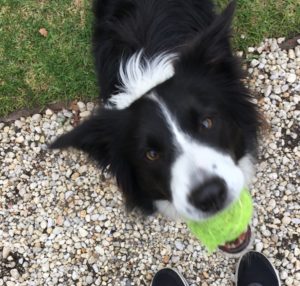
Dogs and cats are creatures of habit, they like to have their own place and space to call home so when moving with pets into a new home it can be tough.
When pets are moved from their familiar environment, or have their daily routines disrupted, they can become stressed and anxious.
When moving with pets into a new home it is important to remember that this can be quite traumatic for many of them, so there are a few key things you can do to help reduce their stress as much as possible.
If they are anxious leave then with a favourite cuddle toy, long lasting chew or treat dispensing interactive toys to help keep their brains and bodies stimulated. Always take them for a walk first, leave them with their toy or occupier and leave the TV or radio on. Speak to your vet about medication options if their separation anxiety is severe.
Whenever I head out, I leave my boys with interactive toys or a Vitapet chicken tender to create a positive association with my departure. Usually as soon as they pick up on the other cues I’m going out, they run to their beds waiting for me to go to the cupboard and grab their treat. It’s amazing what a bit of positive reinforcement with a tasty treat can do.
Lara Shannon is a certified dog behaviourist and trainer, pet food nutrition specialist, Executive Producer and Host of Pooches at Play on Channel 10 and editor of Poochesatplay.com. Lara also runs her own dog training business in Melbourne’s Bayside area and is the Author of World of Dogs and Eat, Play, Love (Your Dog).

The benefit of interactive toys for dogs


The benefits of crate training your dog

How herding training can help with dog behaviour issues

Does your dog have a ball obsession?


Get your paws on Lara Shannon’s best selling books ‘Eat, Play, Love (your dog) and World of Dogs.
Available in Australia, USA, UK and Canada.